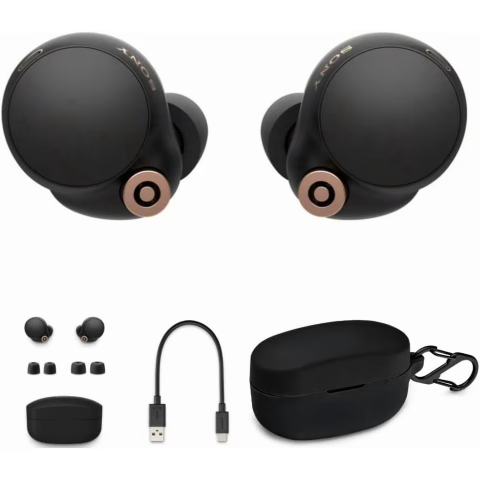Hidden Costs of Buying Refurbished Tech:
Hidden Costs of Buying Refurbished Tech: What to Watch For
In today’s fast-paced digital world, staying up-to-date with the latest gadgets can be both exciting and expensive. Many tech-savvy shoppers turn to refurbished products as a way to save money while still enjoying high-quality devices. While buying refurbished tech can be a smart move, it’s important to look beyond the price tag. Hidden costs and potential risks can sometimes outweigh the initial savings if you’re not careful. In this blog post, we’ll explore the hidden costs of buying refurbished tech and provide tips on what to watch for.
What Does “Refurbished” Really Mean?
Before diving into the hidden costs, let’s clarify what “refurbished” means. Refurbished tech refers to devices that have been returned by customers, repaired (if necessary), and tested for resale. These items are typically sold at a discount compared to brand-new products. While some refurbished items are as good as new, others may have underlying issues or come with limited warranties.

The Hidden Costs You Need to Know
1. Limited or Nonexistent Warranty
One of the biggest drawbacks of refurbished tech is the warranty—or lack thereof. Many refurbished products come with a much shorter warranty than new items, often only 30 to 90 days. In some cases, there may be no warranty at all. If something goes wrong after the warranty period, you’ll be left paying for repairs or replacements out of pocket.
Tip: Look for refurbished products that come with a manufacturer-certified warranty. For example, Apple Certified Refurbished devices include a one-year warranty, which is comparable to their new products.
2. Potential for Hidden Defects
While most refurbished items are tested before being resold, there’s always a risk of hidden defects. These issues might not be immediately apparent but could cause problems down the line. For example, a refurbished smartphone might have a weakened battery or a laptop could have minor cosmetic damages that weren’t disclosed.
Tip: Always read the product description carefully and check for terms like “Grade A” or “factory refurbished,” which often indicate higher-quality refurbishments.
3. Missing Accessories
Refurbished tech often comes without the original packaging or accessories. For instance, a refurbished laptop might not include the charger, or a smartphone might be missing its headphones. Replacing these items can add unexpected costs.
Tip: Before purchasing, confirm what’s included in the box. Some sellers, like Amazon Renewed, clearly list whether accessories are included.
4. Higher Long-Term Maintenance Costs
Refurbished devices may have been used for years before being returned and resold. This means components like batteries, hard drives, or cooling systems might already be nearing the end of their lifespan. While you save money upfront, you could end up spending more on repairs and replacements in the long run.
Tip: If possible, request a detailed report on the device’s condition and any parts that were replaced during refurbishment.
5. Compatibility Issues
Older refurbished tech might not support the latest software updates or accessories. For example, a refurbished smart TV might not be compatible with newer streaming platforms, or an older smartphone might struggle to run modern apps.
Tip: Research the product’s specifications and ensure it meets your needs before buying.

Where to Buy Refurbished Tech Safely
If you decide to buy refurbished tech, choosing a reputable seller is crucial. Here are some trustworthy options:
- Apple Certified Refurbished: Apple offers high-quality refurbished devices with a one-year warranty.
- Walmart Refurbished: Walmart offers refurbished items through third-party sellers but provides detailed product descriptions.
Final Thoughts: Is Refurbished Tech Worth It?
Buying refurbished tech can be an excellent way to save money—if you do your homework. By understanding the hidden costs and taking steps to mitigate risks, you can make an informed decision that balances affordability with quality.
When shopping for refurbished products, always prioritize reputable sellers, read reviews, and double-check warranties and return policies. With careful consideration, you can enjoy great deals without falling victim to unexpected expenses.




